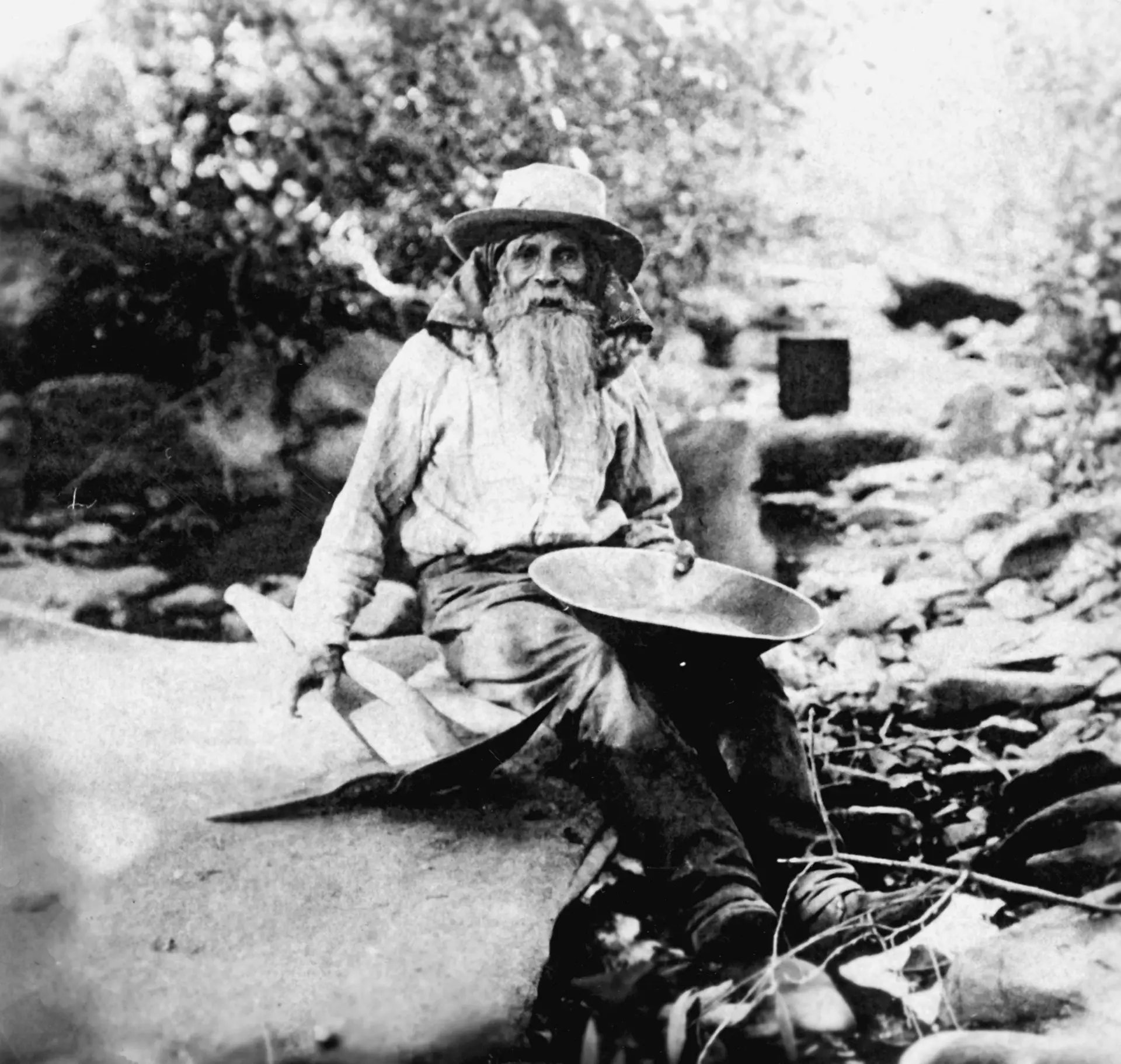Joaquin Murrieta — legends about him are legion — and so conflicting are these stories of his life that it has often been asserted that there were as many as five outlaws by that name.
Whatever the truth behind the lore, one curious anecdote has escaped the history books. William Henderson, the man who fired the shot that killed Joaquin Murrieta, and Alapoleno, the bandit/hero’s cook, both came to Madera County and lived out their lives.
It was way back in 1853 when the newspapers began blaming murder after murder upon Joaquin or his gang. As the Stockton Republican exclaimed, “No man dare travel a step unless armed to the teeth or sleep without having a firearm already in his grasp.” The reporter speculated that Joaquin might be wearing a bulletproof vest, so invulnerable did he seem to hot lead fired at his chest.
Harry Love was placed in charge of the California Rangers and charged with the task of capturing the notorious bandit – dead or alive. He was given three months to do the job, which he claimed to have accomplished by overtaking a band of Mexicans in Cantua Canyon of the Coast Mountains and killing or capturing most of them.
The credit for firing the shot that killed Joaquin Murrieta has been given to William T. Henderson. In the words of Steve Eng, Henderson’s biographer, “the Tennessean wore his pistol in a cross-draw, and once strung up a man from a tree single-handedly.”
As Eng tells it, “The Murrieta gang was ensconced in its stronghold, the Arroyo de Cantua, a haven of caves and rocks, with palisades of massive buttes known as Tres Piedras or Three Rocks.”
The bandits were enjoying a siesta when Captain Love and the Rangers rode up. One of the outlaws, Three-Fingered Jack Garcia, unwisely resisted, and in the ensuing shootout, he and 11 others were slain. One bandit, named Joaquin, presumed to be THE Murrieta, attempted to escape, riding low in the saddle, Indian-style, down the Cantua Creek bed.
William Henderson fired his revolver at Joaquin’s horse, and as Joaquin lit out running on foot, he blasted him in the back. Ranger John S. White shot him too, but Henderson fired a follow-up shot, which he claimed was the fatal one, going through Joaquin’s heart.
It is well-known that the head of Joaquin Murrieta and Three-Fingered Jack were severed, preserved in alcohol, and displayed throughout California. The rangers were paid their reward, and each went his own way.
For his part, Henderson made his way to what is now Madera County, near the town of Coarsegold. He became a director of the Texas Flat Gold and Silver Mining Company and was involved in developing a mine on Deadwood Gulch near the old Walker mine.
At about the same time, a strange, elusive character drifted onto the Coarsegold scene. He was a recluse and was known among the locals as Santa Claus, so called because of his long, white hair that hung about his shoulders. If William Henderson had investigated just a bit into the life of this strange newcomer to Coarsegold, he would have found that they had crossed paths earlier, for Santa Claus was Alapoleno, one of the cooks for Joaquin Murrieta.
While William Henderson, the man who shot Joaquin, was involving himself in raising capital for his Coarsegold operations, Alapoleno was quietly roaming up and down the creeks, searching for gold in his own way. Often he would be gone for weeks at a time; no one would see him, then he would return, always well supplied with gold. Locals who tried to follow him were inevitably led astray; the old man was simply too wise to leave any telltale tracks behind him.
William Henderson died in 1882, of a heart attack, without ever knowing that he occupied the same neighborhood with one of the Murrieta gang. Alapoleno, for his part, spent the remaining years of his life around Coarsegold busy with either his pan or rocker. He passed away in the County Hospital in 1912.
History does indeed have some strange twists, and none is stranger than the fact that both Henderson and Alapoleno ended their days in the hill country of eastern Madera County.
Originally published in the Madera Tribune




